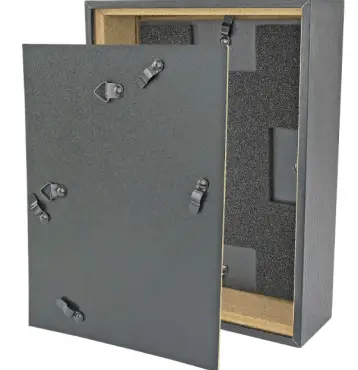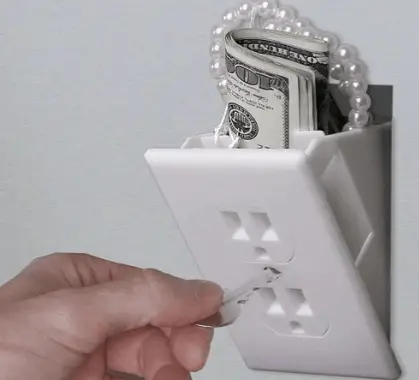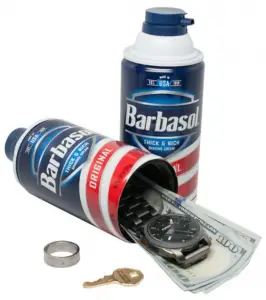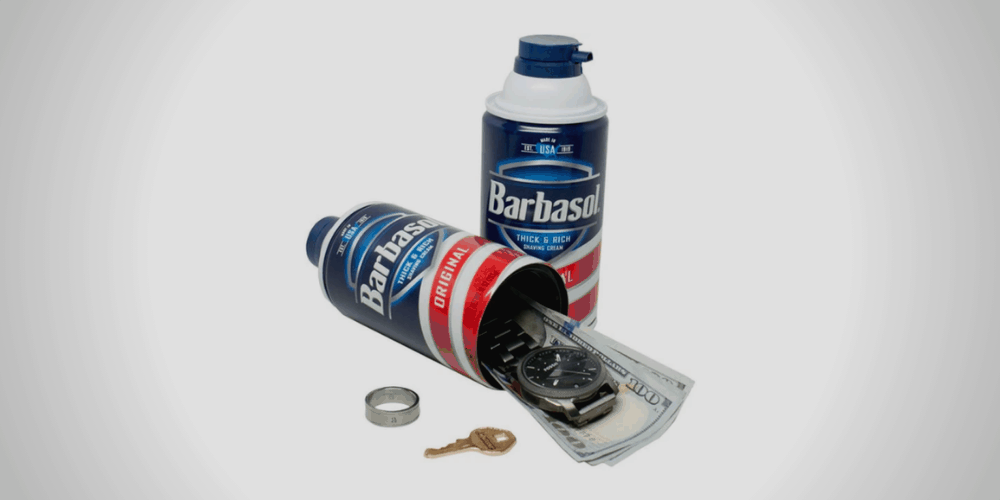Do diversion safes work? Diversion safes effectively hide your belongings and valuables from thieves or prying eyes. They will look like ordinary objects sitting in your house and fool anyone trying to steal from you.
Diversion safes are disguised as common household objects. Today, we will cover if diversion safes work or are just plain worthless.
Do Diversion Safes Work?

In general, diversion safes effectively hide valuables, assets, money, and more. No one suspects that standard household items hold such values in them. But they do become obvious sometimes, resulting in various factors, which we will discuss later.
Diversion safes work so well in hiding contraband during a search warrant that criminals commonly use diversion safes to hide their belongings.
Pros of Using Diversion Safes
- A discreet and subtle way to store valuables
- Can be placed in plain sight without attracting attention
- Wide range of options available to suit different environments
Cons of Using Diversion Safes
- Limited capacity for storing large or bulky items
- It may not provide as much security as traditional safes.
- It can be discovered if someone knows what to look for
When Do Diversion Safes Work?

Typically, when they are hidden in plain sight and appear as an everyday item, that could be on the countertop, pot plants, etc. That is when a diversion safe is most effective.
Usually, a burglar will only check for hidden money and jewels in the usual area; cabinet, drawer, safe vault, and under the bed/mattress.
To increase the effectiveness of diversion safes, be sure they are dull objects in the house.
Is There a Chance That Diversion Safes Will Not Work?
There are various times when diversion safes are very easy to spot for burglars and police. Diversion safes are easy to point out if they are made of regularly used objects.
To answer this question completely, you must look at diversion safe’ history. In the past few years, there has been an increase in diversion safe-related thefts, which means that they are not as secure as they used to be. There are a few reasons for this. One reason is that people are starting to discover how these safes work.
Common Diversion Safes Thieves Know About Already
- Book Safes – These Are Classics; a Thief Will Commonly Open Most Books when Robbing a House to Check for Hidden Money.
- Behind Pictures – Also Common to Have These Smalls Safes Behind Pictures Many Thieves Check These
- Under the Mattress
- Under Clothes
- In the Freezer
However, there is still a chance that these safes will continue to work because there are many security features available on some diversion safes today, and thieves who know what they’re looking for might not know about these new features.
Common Rooms Thieves Look
- Master Bedroom: This is often the first place thieves check, as it is usually where homeowners keep their most valuable possessions, such as jewelry and personal documents.
- Kitchen: The kitchen is another common place that thieves check, as it is often where homeowners store small appliances, such as laptops, tablets, and smartphones.
- Living Room: The living room is another area that thieves often check, as it is often where homeowners keep electronic devices, such as TVs and game consoles, and other valuable items, such as artwork and collectibles.
- Home Office: Thieves may target a home office, as homeowners often keep important documents and valuable office equipment, such as computers and printers.
- Garage: The garage is another common place thieves check, as it is often where homeowners store tools, equipment, and other valuable items.
- Basement: The basement is another area that thieves may target, as homeowners often store seasonal items, such as holiday decorations and sports equipment.
Examples of objects with no value

A diversion safe can be anything from a real object, such as a book, jewelry box, or lamp, to an object that may not look like it can hold an item, such as a painting on the wall or even a piece of furniture.
The idea is that thieves will not notice the true nature of the safe because they believe it is just another item in your home or office.
Here are a few examples of great places to hide a diversion safe.
- Rock – create a fake rock with a secret door to put something inside.
- An Old book or Bible – these days, books are rarely used or read because of the move to all digitalized content. This makes hollowing out an old book a perfect place to hide something.
- Can Safes: These are ordinary-looking cans that have a removable top or bottom that can be used to store valuables. Examples include a can of soup, a can of coffee, or a can of peanuts.
- Wall safes are ordinary-looking electrical outlets or wall plates with a hidden compartment behind them. They can be easily installed on a wall and blend in with the surrounding environment.
- Clock Safes: These are ordinary-looking clocks with a hidden compartment behind the face of the clock. They can be placed on a mantel or a desk without attracting attention.
- Plant safes are ordinary-looking plants with a hidden compartment within the pot or base of the plant. They can be placed in a living room or a bedroom without attracting attention.
Check our post here for more ideas and easy steps to make a diversion safe.
Are disguised diversion safes effective? They are a great way to hide assets, secret codes, confidential documents, and more.
Reference
(1) motion detector – https://home.howstuffworks.com/home-improvement/household-safety/question238.htm

